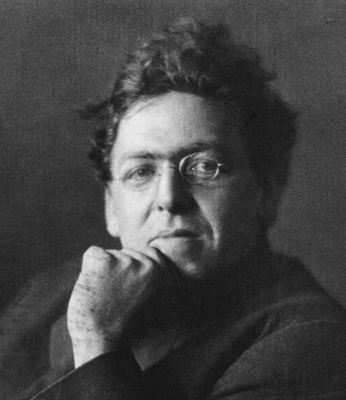N.C. WYETH (1882-1945)
 Among the most noteworthy illustrators this country has ever produced, Wyeth is also the patriarch of one of America’s most esteemed artistic dynasties. His son Andrew and grandson Jamie rank among the most respected artists of their generations, heavily influenced by other artists in the extended Wyeth family. N.C. Wyeth, in addition to illustrating more than 100 books, including adventure classics like Treasure Island, Kidnapped, Robinson Crusoe, and The Last of the Mohicans, was also a highly regarded muralist, receiving numerous commissions for prestigious corporate and government buildings throughout the United States.
Among the most noteworthy illustrators this country has ever produced, Wyeth is also the patriarch of one of America’s most esteemed artistic dynasties. His son Andrew and grandson Jamie rank among the most respected artists of their generations, heavily influenced by other artists in the extended Wyeth family. N.C. Wyeth, in addition to illustrating more than 100 books, including adventure classics like Treasure Island, Kidnapped, Robinson Crusoe, and The Last of the Mohicans, was also a highly regarded muralist, receiving numerous commissions for prestigious corporate and government buildings throughout the United States.
Wyeth’s style, honed by early work at the Saturday Evening Post and Scribner’s, demonstrates his keen awareness of the revealing gesture, allowing readers to instantly grasp the essence of a scene. He possessed a rare ability to depict subjects and events from a child’s point of view, and is particularly known for dramatizing characters by the use of long shadow, a technique that is said to have influenced the epic moviemaking style of the 1940s. In addition to providing supplementary drama and excitement to the written word, Wyeth’s works have become classics in and of themselves.
